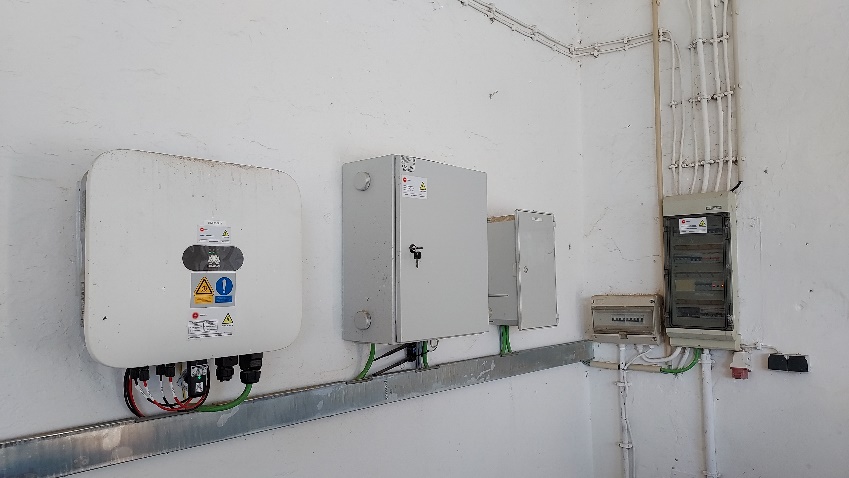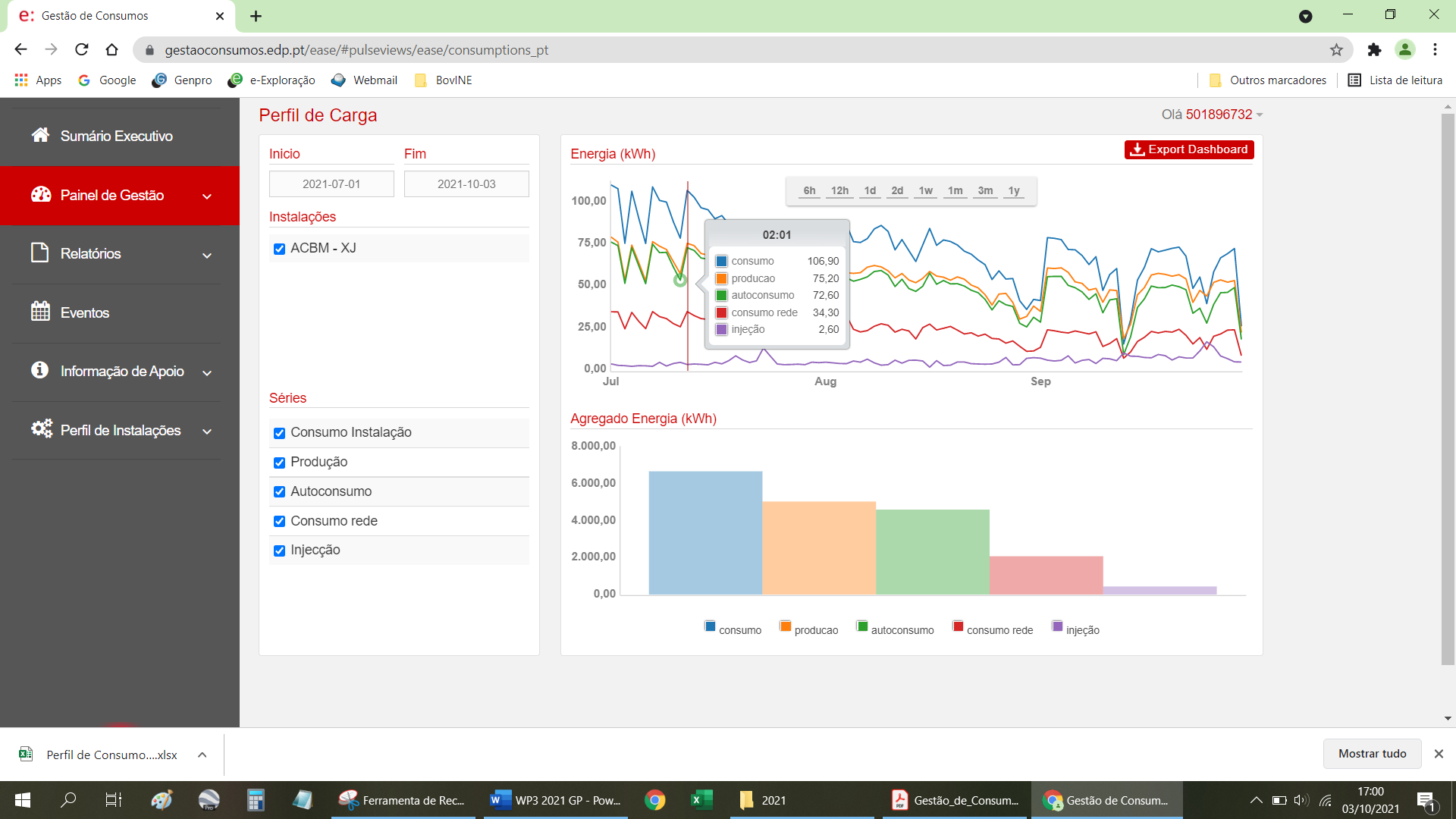Introduction to the challenge addressed
This good practice is related to the socio-economic resilience thematic area of the BovINE project and falls under the topic “Examining efficiently housing systems for beef cattle”.
Herdade dos Currais e Simalhas, located in Southern Portugal, is an intensive beef cattle farm where a young bull testing station and a feedlot operation are installed. In this region the average annual rainfall is between 450 – 600 mm, with a mild winter and a rainless summer. During the year, the total number of cloudless days is large and the existence of strong winds is also regular. This means that on this farm there are conditions to use alternative and renewable energy sources, such as solar energy.
Description of Innovation
The annual cost of supplying electricity to the farm in 2020 represented €5.082,42 which has a significant percentage share in the production costs of the farm.
In 2021 the electricity supplier company (EDP) contacted the farm and presented a proposal for the installation of energy-producing solar panels. In this proposal, the initial investment needed to install the equipment would be from the company and the energy produced above the farm's consumption would be sold to EDP and enter the national electricity supply grid. In relation to the investment, the farm would pay this amount in monthly payments after installation is completed and in operation.
The implementation of this good practice was extremely easy because the necessary structural conditions already existed and the installation was carried out by EDP. The possibility that the farm does not have to make the initial investment and pay this amount in monthly instalments was a great advantage.
Impact on farm performance
The average monthly cost of electricity consumption on the farm in 2020 was €423,54. With the start of solar energy production in May 2021, the average monthly cost until September was €246,27. In the same period of the previous year (May/September 2020) the monthly average value was €396,02.
The application of this good practice had an important impact on the socio-economic resilience of the farmer due to the reduction of costs with the supply of electricity.
Audio-visual material
Image on the left: Solar pannels. Image on the right: Electric and electronic components.
Online solar dashboard Image caption: Blue – Consumption; Yellow – Production; Green - Self-consumption; Red - EDP network consumption; Purple - Sale to EDP |
Farmer comment (for Good Practices)
The possibility of not having to support the initial investment was very important in making the decision to install the solar panel system for energy production. The cost reduction makes it possible to use the value of the savings obtained in other exploration needs. On the other hand, using the energy that the farm produces in a cleaner way makes an important contribution to environmental sustainability.
Further information
http://www.fao.org/support-to-investment/news/detail/en/c/1416558/
https://rockridgerenewables.com/discover-9-advantages-solar-energy-agriculture/
https://www.sciencedirect.com/science/article/pii/S0022030220310730


